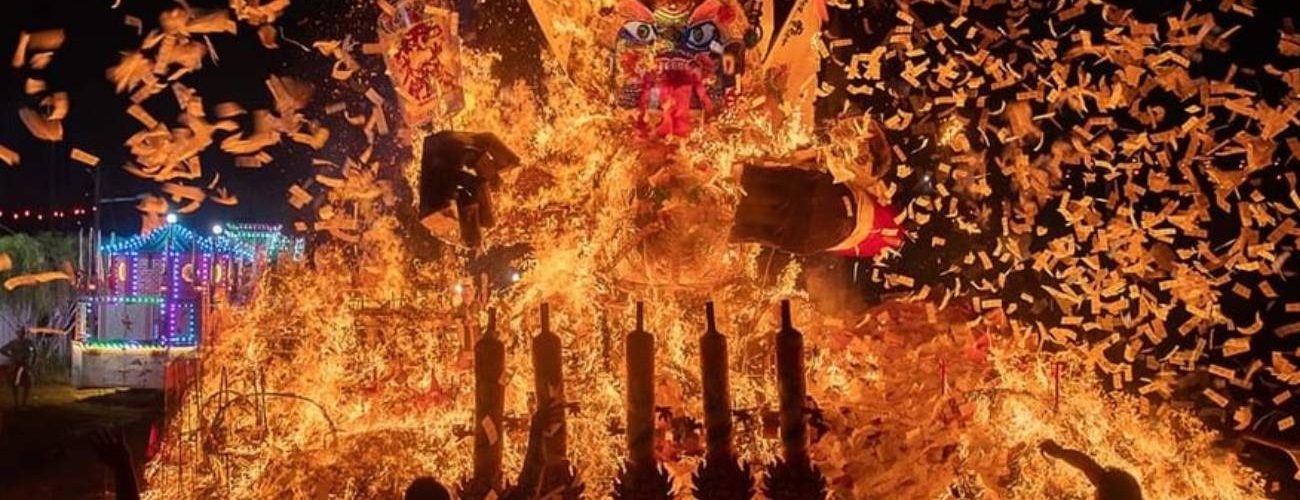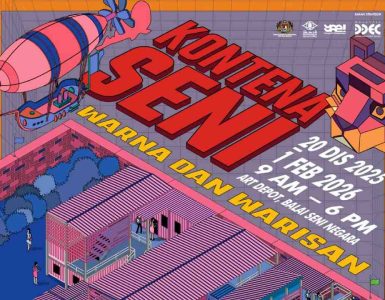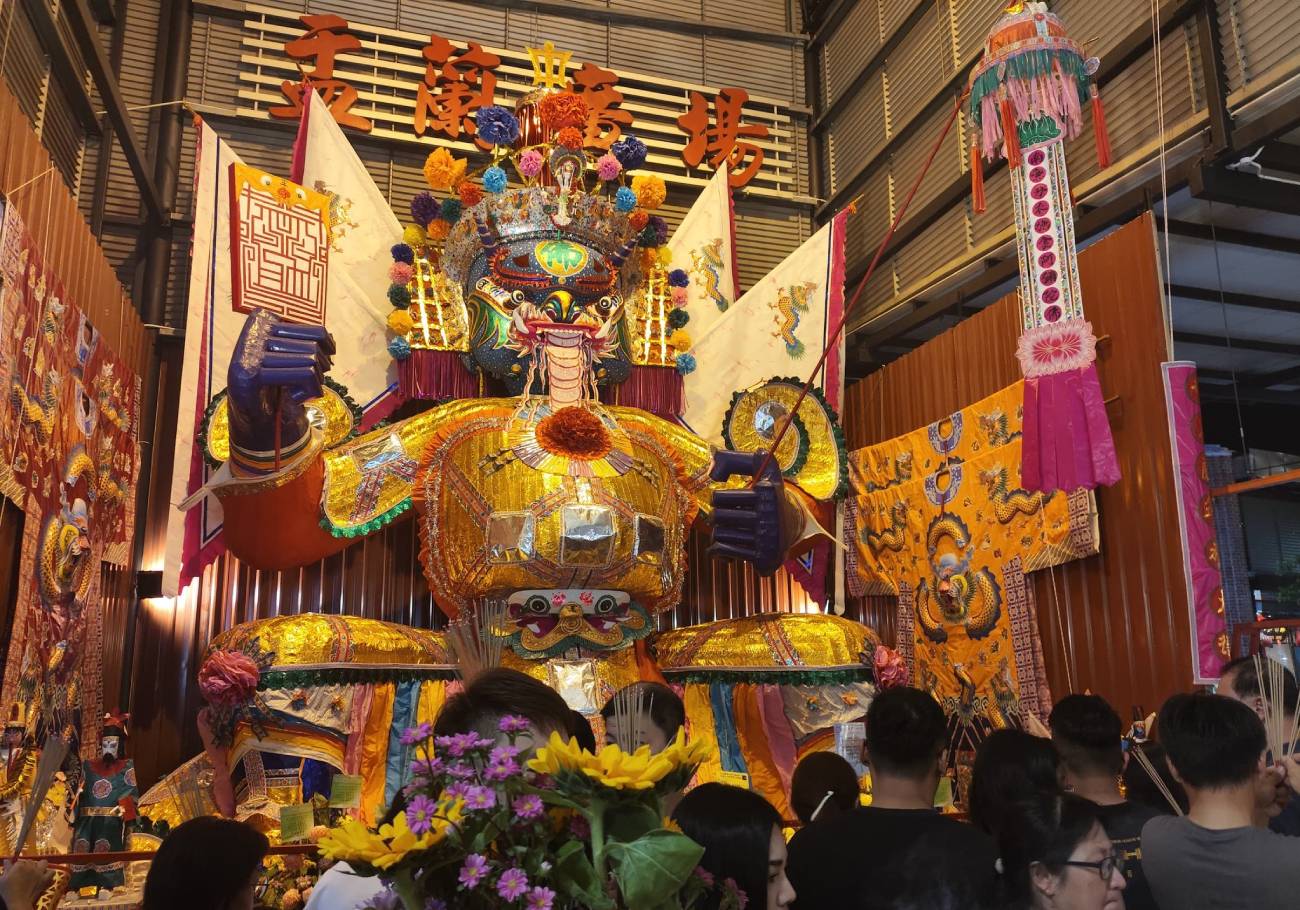
The Hungry Ghost Festival, known locally as Phor Thor, is an annual celebration that transforms Jalan Pasar, Bukit Mertajam into a bustling hub for tens of thousands of Chinese Taoist and Buddhist devotees.
Held during the 7th month of the Lunar calendar, this vibrant festival is steeped in tradition and spirituality.
Hungry Ghost Festival: A 130-year tradition
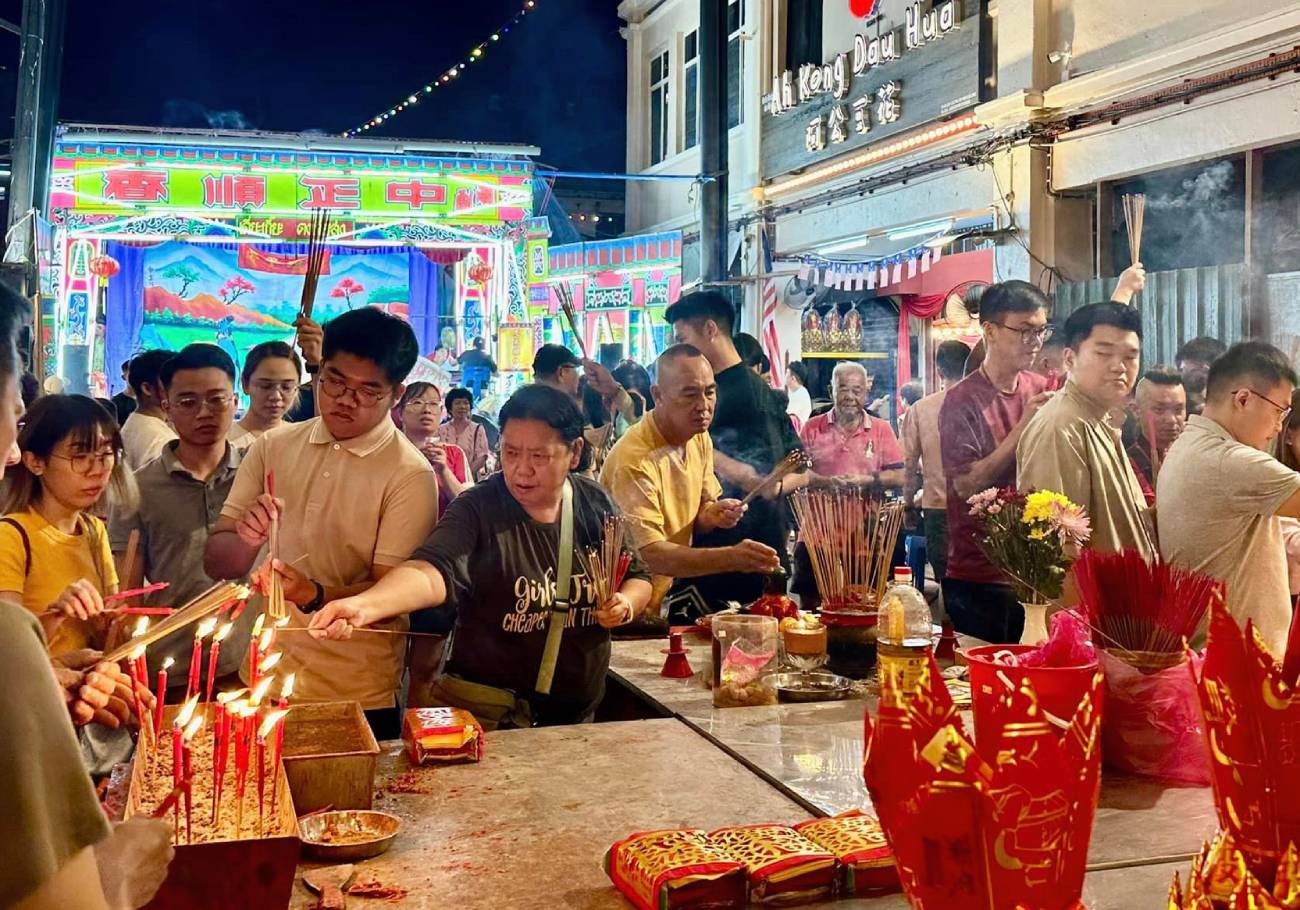
The Hungry Ghost Festival began on August 4 this year and will continue until September 2, with its peak on the 15th day of the ghost month.
Devotees will gather to honour the spirit deity Di Guan Da Di through various rituals and offerings.
The festival has been celebrated for over 130 years in Bukit Mertajam, a town renowned for its deep-rooted cultural heritage.
Datuk Seri Peh Weng Khim, Chairman of the Yu Lan Bukit Mertajam Festival Organization, explains to Bernama the significance of the festival.

“According to Taoist beliefs, the gates of hell open on the first day of the month, allowing the spirits of ancestors to return in search of food and entertainment.”
This belief forms the foundation of the Hungry Ghost Festival, where the living honour their ancestors and appease wandering spirits.
For the past 28 years, a special area next to the Tua Pek Kong Temple has been designated for devotees to perform their prayers.
“The celebration here is lively, with devotees bringing food and offerings to the hell deity Tai Su Yeah, ancestral spirits, and the spirits of those without families,” Peh says.
This area remains open 24 hours a day, drawing more than 1,000 devotees on weekdays and up to eight times that number on weekends.
Rituals, offerings, and entertainment
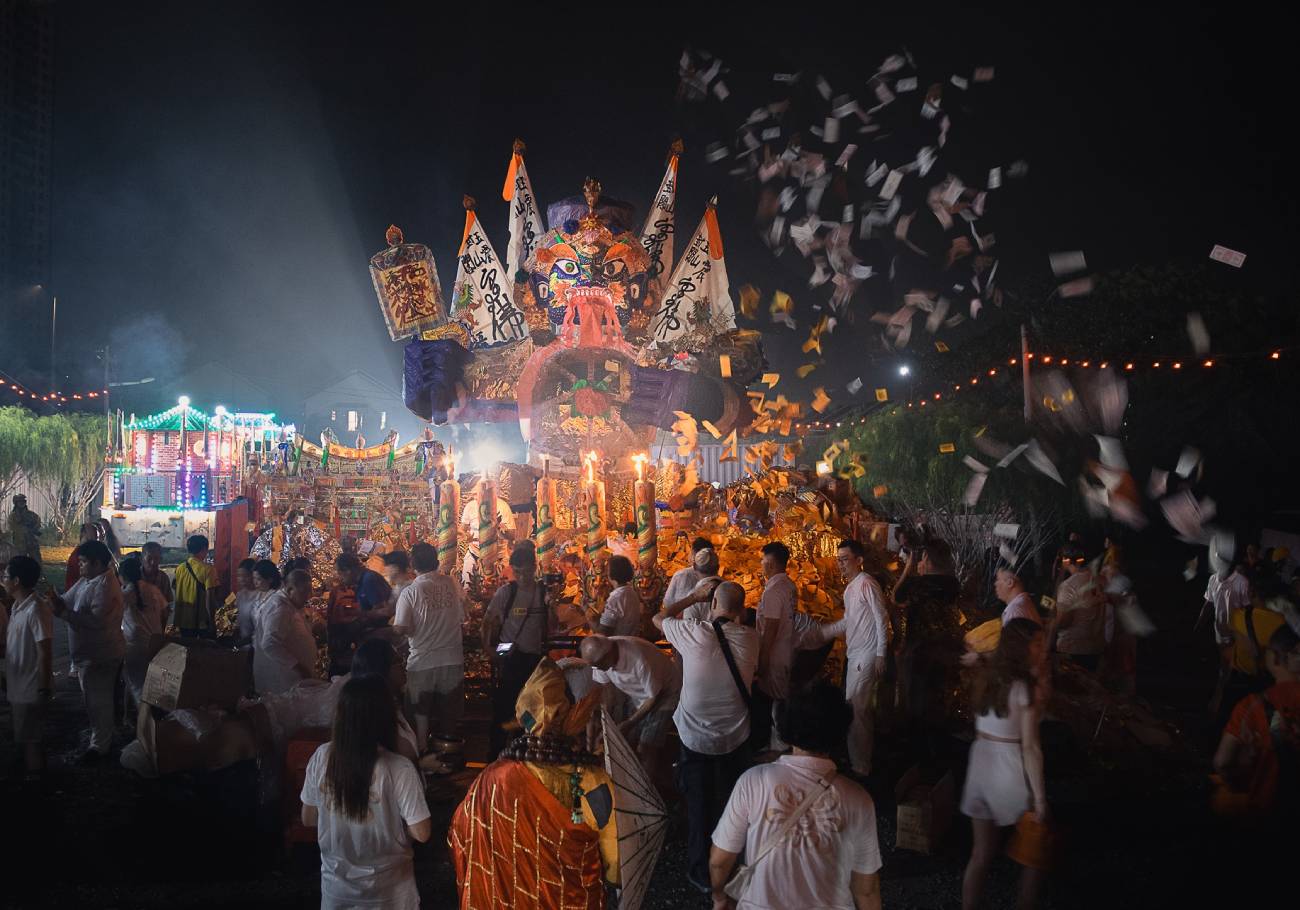
Bukit Mertajam’s Hungry Ghost Festival attracts visitors from across Malaysia and beyond, including China, Hong Kong, Taiwan, Singapore, Thailand, and Indonesia.
The rituals include burning hell money, a symbolic act believed to provide the spirits with currency for the afterlife.
“People come from all over to participate in these rituals, ensuring that their ancestors are well taken care of in the spirit world,” Peh adds.
The festival also features nightly entertainment performances by opera groups from Thailand, held from 7:30 to 11:00 pm.
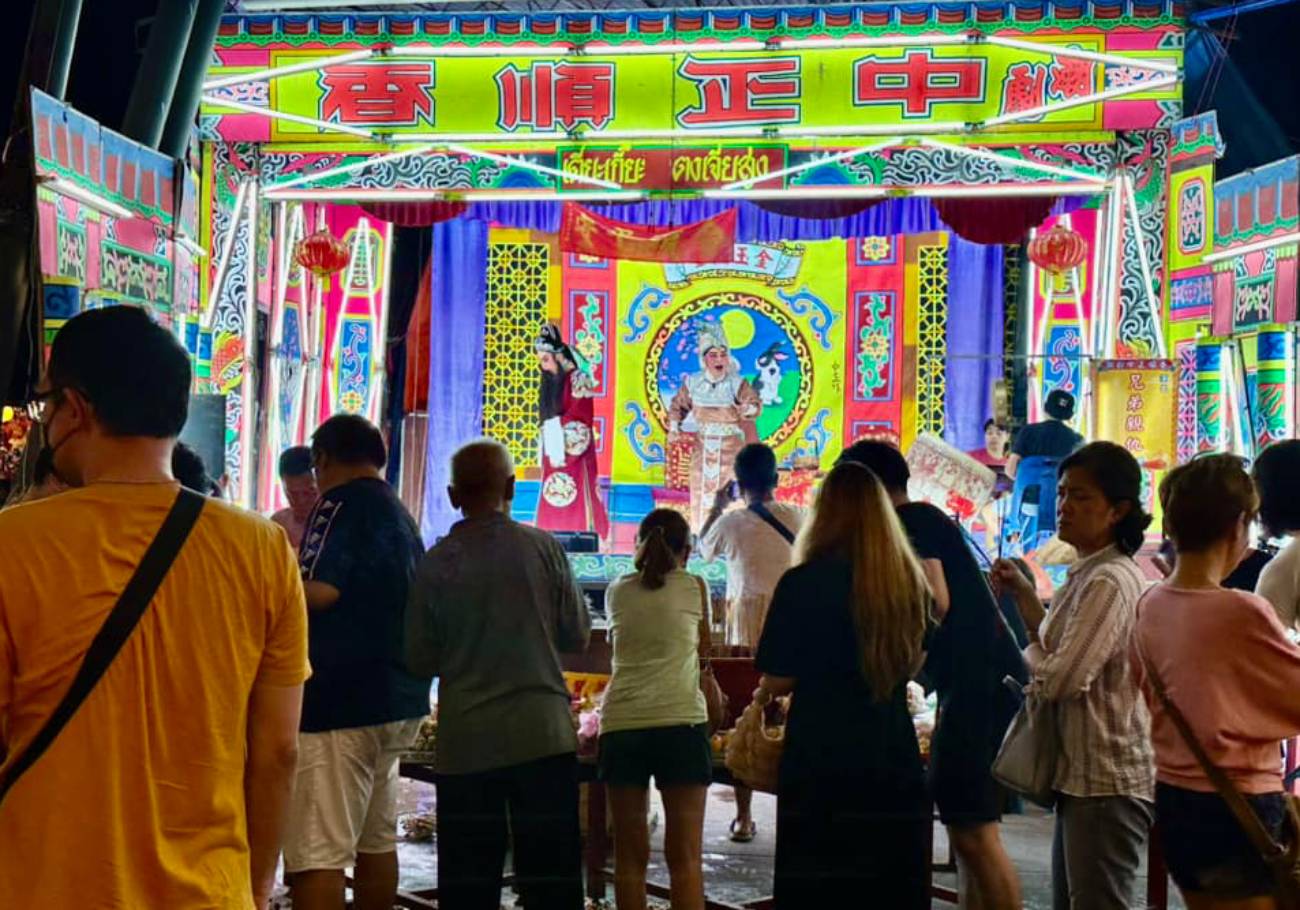
These performances are intended to entertain both the hell deity and wandering spirits, adding a lively atmosphere to the spiritual proceedings.
A key attraction at the festival is the giant 8.96-meter-tall statue of Tai Su Yeah, made from bamboo and colourful paper.
This towering figure is ordered annually from a maker in Berapit and is placed under a tent for devotees to offer their prayers.
“This deity oversees the spirits released into the human realm and is a focal point for prayers during the festival,” Peh explains.
On the night of August 20, the statue will be paraded to the middle of Jalan Pasar, where it will be ceremonially burned and “sent back to hell,” a spectacle witnessed by tens of thousands of devotees.
Upholding tradition and observing taboos
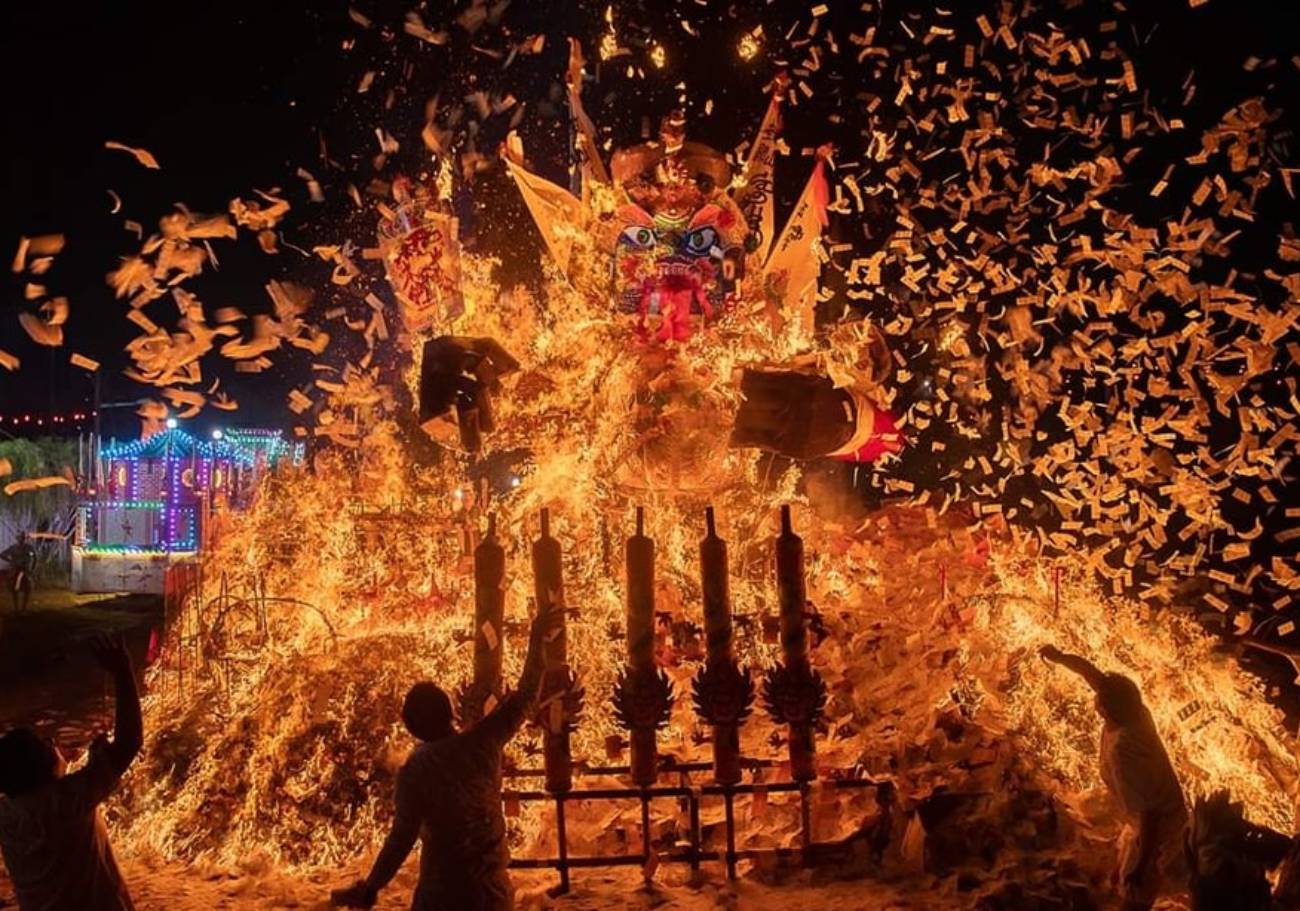
Despite its association with ghosts, the Hungry Ghost Festival in Bukit Mertajam serves a deeper purpose.
Peh emphasises, “The event is more about teaching the younger generation the importance of filial piety, doing good deeds, and respecting their ancestors.”
These values are integral to the festival’s enduring relevance and significance.
Throughout the celebration, several taboos must be observed to ensure safety and respect for the spirits.
Devotees are advised not to step on, kick, or scatter food offerings placed on the roadside.
Other precautions include avoiding late-night outings, not hanging clothes outside at night, steering clear of forests, and refraining from wearing red and black clothing.
Additionally, devotees are cautioned against playing near beaches or lakes during this period.
As the Hungry Ghost Festival continues to draw crowds to Bukit Mertajam, it remains a powerful reminder of the importance of honouring one’s ancestors and respecting the spiritual world.
Source: Bernama


